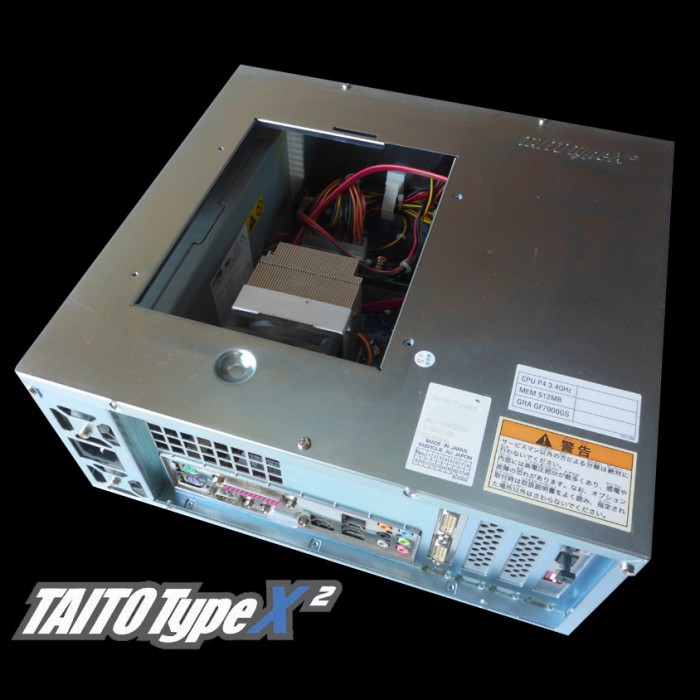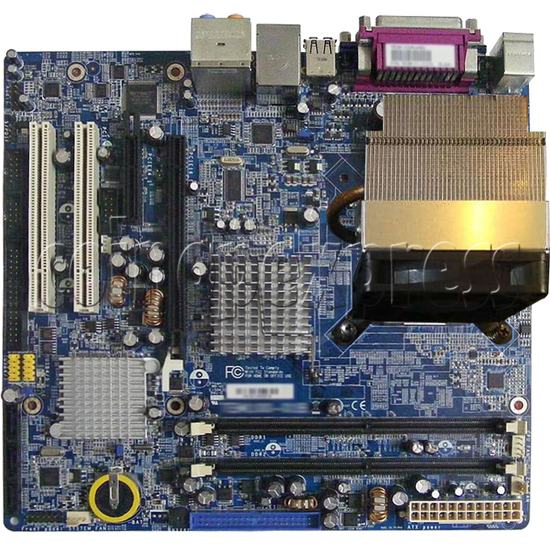

- TAITO TYPE X ARCADES DRIVERS
- TAITO TYPE X ARCADES UPGRADE
- TAITO TYPE X ARCADES SOFTWARE
- TAITO TYPE X ARCADES PROFESSIONAL
- TAITO TYPE X ARCADES SERIES
Raiden III will be codeveloped by the companies Seibu Kaihatsu and Moss, with series creator Hitoshi Hamada supervising the project. The two biggest game announcements for TypeX were Raiden III and Castle of Shikigami III, both of which will be released to arcades in 2005. Notes : The hardware is upgradable and changable per game, from the basic setup to a pretty much state of the art setup.TOKYO-At this year's Amusement Machine Show (AMShow), Taito announced the lineup of games that will be appearing on its new Windows XP-based arcade hardware, TypeX. Graphics Board : AGP Radeon 9200SE (128 MB) through to X800XT (256 MB) (complete ATI Radeon Range)Īudio : AC97 onboard 6 channel audio CODECĪudio inputs : Microphone (stereo pin-jack), line-in (stereo pin-jack)Īudio outputs : line-out (stereo pin-jack), SPDI/F Memory : DDR266 DIMM 256MB (upgradable to DDR400 2GB) Here is the complete shooter collection for the Type X, consisting of: GigaWing Generations, Homura, Shikigami No Shiro III, Raiden III, and Raiden IV.ĬPU : Celeron 2.5Ghz (upgradable to Pentium 4 2.8GHz) The graphics card has two ports, one for 15khz lowres and one for 31khz hires monitors. The Type X can play on a standard 15khz jamma cabinet via a JVS->Jamma I/O converter, such as those used for the Naomi platform. Games are distributed as an IDE hard drive and USB security dongle, and are conveniently installed via a square opening in the top of the case (each game comes comes with its own top plate). On the Type X, the dip switches do nothing, but on the Type X2 they do things like change the game's output resolution. The black square at the bottom of the card is actually a plastic panel covering a set of dip switches.

It also connects to the motherboard's control panel header (for power on/off and lights) as well as the onboard optical sound. It's not a PCI card, but rather a free floating adapter which connects to a COMM port on the motherboard. The proprietary JVS I/O card is the key to the entire system, as games will not run without it. Raiden III and IV for example, play at a rock solid 60fps with increidble graphic detail and sound.
TAITO TYPE X ARCADES DRIVERS
Even though this may seem whimpy by today's consumer PC standards, its surprising how efficent XPE can be without all the extra bloat of unnecessary device drivers and services running. The base unit comes with a Celeron 2.5Ghz processor, 256M RAM, ATI Radeon 9600 SE (AGP) and proprietary JVS I/O card. The motherboard is a custom 865G type, with "Taito Type X Rev A1" silkscreened onto it, and comes with onboard dolby 5.1 optical sound support, although I don't know of any arcade cabinet that would actually use this. I was expecting an older desktop sized computer, but was surprised to find the unit is the same size as a Naomi motherboard (although obviously a bit taller). This however, did not mean crappy and bloated doujin style PC games coming into arcades, as Taito kept strict quality controls over was released on the platform.
TAITO TYPE X ARCADES SOFTWARE
Using commodity PC hardware and software development tools meant significant cost savings in producing games. The Taito Type X arcade board came out in 2004, and is essentially a custom PC running the Windows XP Embedded operating system. The Taito NESiCAxLive add-on allows arcade owners to use a digital distribution system to download games.
TAITO TYPE X ARCADES PROFESSIONAL
NET 2003 Professional as the recommended development platform. Taito Type X and X7 use Microsoft Visual Studio. Rawiya co-owned the company that produced this system board. The Type X7 board is used primarily for pachinko machines in Japan.
TAITO TYPE X ARCADES UPGRADE
For example, the Type X+ and Type X2 models have upgrade graphics processing power, which could be put toward better game visuals, or outputting to higher-resolution (HDTV) displays. This flexibility allows game developers limited choice in selecting a configuration to fit the game's specific requirements, and allows the platform as a whole to more efficiently support gaming titles with vastly different computing needs. The Taito Type X is an arcade system board released by Taito Corporation in 2004.īased on commodity PC hardware architecture, Type X is not a specification for a single set of hardware, but rather a modular platform supporting multiple hardware configurations with different levels of graphical capability.


 0 kommentar(er)
0 kommentar(er)
